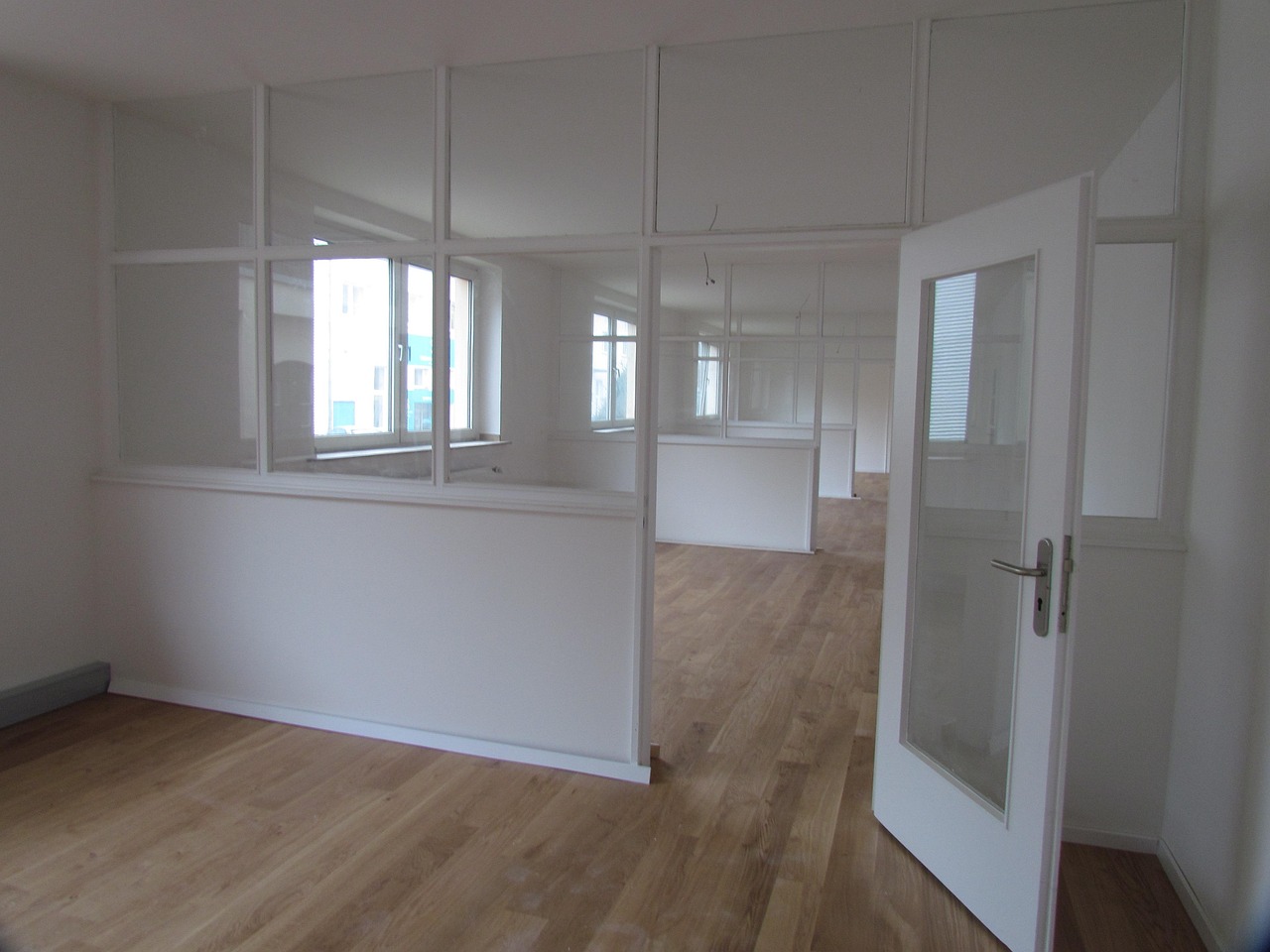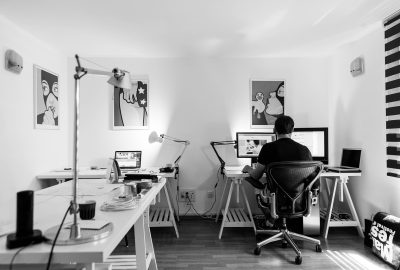Creative Office Spaces: Transforming Work Culture One Design at a Time
Did you know that 88% of employees believe their physical workspace directly impacts their productivity? Gone are the days when sterile cubicles and fluorescent lighting defined professional environments. Modern businesses are discovering that creative office space can revolutionise how teams collaborate, innovate, and thrive.
The shift from traditional corporate layouts to dynamic, inspiring workplaces reflects a fundamental change in how we approach work itself. Companies are recognising that investing in thoughtful design pays dividends through improved employee satisfaction, reduced turnover, and enhanced creative output.
Why Creative Office Spaces Matter
Creative office environments serve as catalysts for innovation and collaboration. Research consistently shows that well-designed workspaces can boost productivity by up to 20% while simultaneously improving employee wellbeing. These environments break down hierarchical barriers, encouraging spontaneous interactions between team members who might otherwise never cross paths.
Employee morale receives a significant lift when workers feel valued through their environment. Creative spaces communicate that companies care about their staff’s daily experience, leading to increased loyalty and engagement. This emotional connection translates into tangible business benefits, including reduced recruitment costs and improved client relationships.
For growing companies, creative offices offer practical advantages beyond aesthetics. Flexible designs accommodate rapid scaling, whilst innovative layouts can attract top talent who prioritise workplace culture alongside salary considerations.
Key Elements of a Creative Office Space
Flexible layouts form the backbone of any successful creative workspace. Moveable furniture, modular meeting areas, and adaptable zones allow teams to reconfigure spaces based on specific project needs. This adaptability prevents the stagnation that often plagues rigid office structures.
Technology integration creates seamless workflows whilst supporting remote collaboration. Modern creative offices feature wireless connectivity throughout, interactive displays for brainstorming sessions, and smart booking systems for shared spaces. These technological foundations enable teams to focus on creativity rather than wrestling with outdated systems.
Wellness and comfort considerations have evolved beyond basic ergonomics. Natural lighting, plants, comfortable seating areas, and quiet zones for focused work contribute to employee satisfaction. These elements recognise that creativity flourishes when people feel physically and mentally comfortable.
Examples of Creative Office Spaces in Action
Google’s offices exemplify creative design principles through their famous slides, nap pods, and themed meeting rooms. These playful elements serve practical purposes, encouraging movement and providing varied environments for different types of work.
Airbnb’s headquarters features spaces designed to replicate their rental properties, immersing employees in their product experience. Meeting rooms mirror actual Airbnb listings, creating authentic connections between the workspace and company mission.
Smaller companies have achieved similar success through creative resource allocation. Converting warehouse spaces into open studios, incorporating local art, or creating café-style collaboration areas can transform ordinary offices into inspiring environments without massive budgets.
How to Create Your Own Creative Office Space
Start by assessing your team’s specific needs through surveys and observation. Understanding how different roles require different environments helps prioritise design elements that will have the greatest impact on productivity and satisfaction.
Location selection influences creative potential significantly. Spaces with natural light, interesting architecture, or proximity to cultural districts can inspire teams before any interior design begins. Consider unconventional locations like converted industrial buildings or shared creative hubs.
Design for flexibility by choosing modular furniture and avoiding permanent installations. This approach allows spaces to evolve with changing needs whilst maintaining budget consciousness. Focus on creating distinct zones for collaboration, focused work, and relaxation.
Creating Workspaces That Work
Creative office spaces represent more than design trends—they reflect evolving understanding of what helps people do their best work. By prioritising flexibility, technology, and wellness, companies can create environments that support both individual creativity and collaborative innovation.
The investment in creative workspace design pays returns through improved productivity, employee retention, and company culture. Whether starting from scratch or transforming existing spaces, the principles of creative design can help any organisation build an environment where great work naturally flourishes.
Consider evaluating your current workspace through fresh eyes. What changes could you implement tomorrow to spark more creativity and collaboration? The transformation might be simpler than you think.



